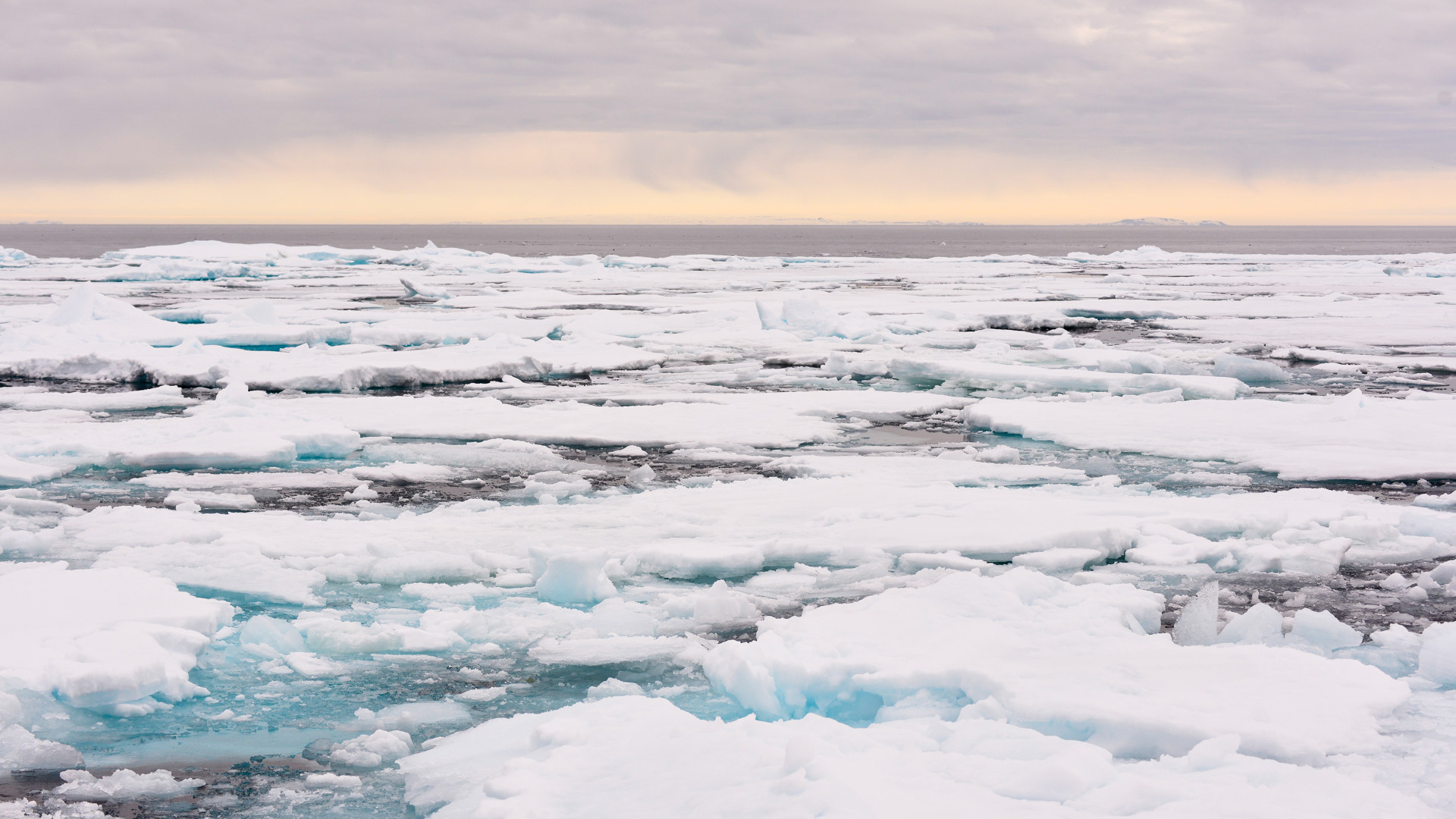Our guides are blogging from our expedition cruises on board Sea Endurace.
2 July 2015
In the afternoon we learned about sea ice and tiny creatures depending on it, just as we reached the ice edge itself. With reduced visibility we sailed along the edge until after dinner, when a polar bear was spotted in the mist. By getting closer we soon counted several bears. In the vicinity glaucous gulls and ivory gulls were resting. All bears were very fat and lazy laying on the ice. They must have had a proper feast just before we found them. There was no time to go to bed. Every once in a while we were called out on the decks by Adam, our expedition leader, as some of the bears came closer to the ship. A wonderful day in the Arctic!
Vänligen notera! Beroende på vilket objektiv som används för fotografering eller videoupptagning kan ett djur uppfattas närmare än vad det är. Vi följer alltid rådande riktlinjer i Arktis för att försäkra oss om att vi inte stör djurlivet.


